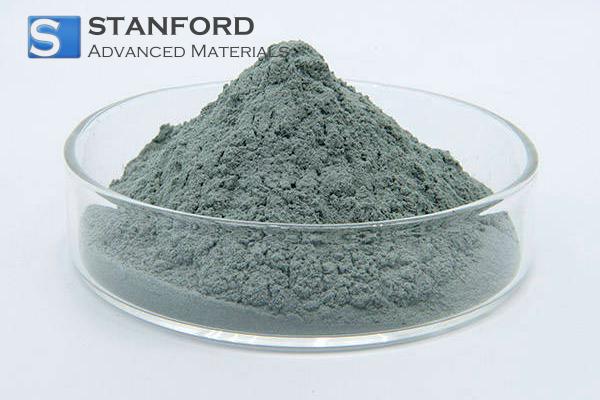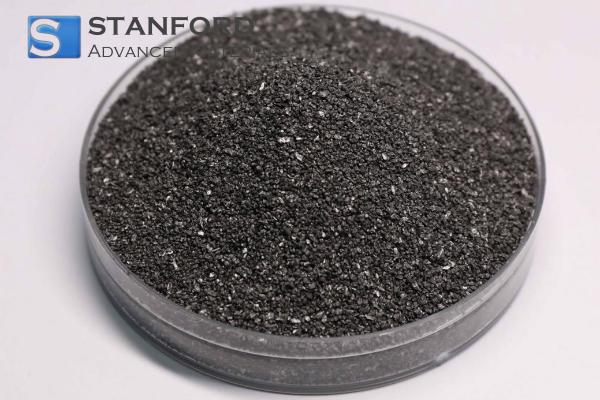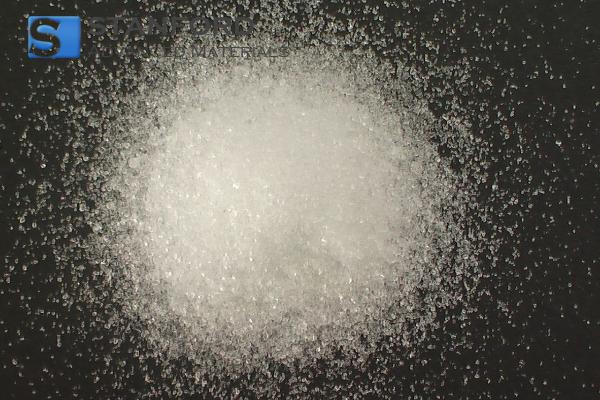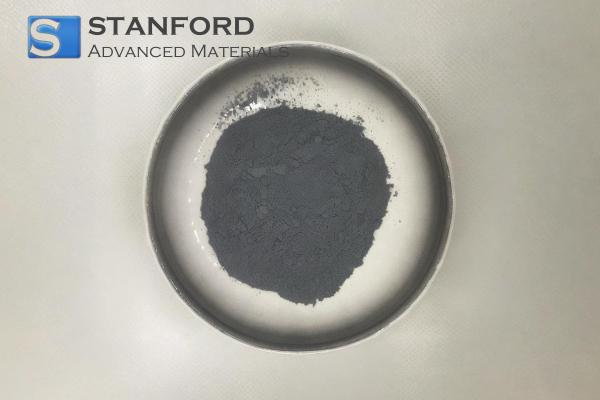Flammability Vs Combustibility
Introduction to Inflammability
Inflammability is a critical property when assessing the safety and handling of materials. It determines the temperature at which a substance can readily ignite and sustain combustion. Knowledge of inflammability helps to prevent incidents and ensures the proper storage and utilisation of materials across various industries.
Inflammability vs. Combustibility
Although the terms inflammability and combustibility are often used interchangeably, they have distinct meanings:
Inflammability refers to the capacity of a material to ignite at relatively low temperatures. Inflammable materials catch fire easily and are generally associated with a greater risk in environments where ignition sources exist.
Combustibility describes materials that can burn, but which require higher temperatures to ignite. Combustible substances are typically regarded as less hazardous, although under certain conditions they can still present a fire risk.
Characteristics of Combustible Materials
Inflammable substances possess specific properties that make them susceptible to combustion:
- Low flash point: The temperature at which a material vapourises sufficiently to form an ignitable mixture with air is low.
- High vapour pressure: Indicates that the material releases vapours that can ignite easily.
- Chemical structure: Certain molecular structures are more vulnerable to combustion.
An understanding of these properties is essential for the safe handling and storage of materials, thereby reducing the risk of fire.
Safety Measures for Handling Flammable Materials
To prevent accidents, it is essential to follow established safety protocols when handling flammable substances:
- Storage: Store flammable materials in approved containers away from heat sources.
- Ventilation: Ensure adequate ventilation to disperse vapours and reduce the risk of ignition.
- Personal Protective Equipment (PPE): Use appropriate PPE to avoid exposure.
- Fire suppression: Equip areas with suitable fire extinguishing systems, such as foam or dry chemical extinguishers.
Implementing these measures helps to mitigate the hazards associated with flammable substances.
Table of Inflammable and Combustible Materials
Table of Combustible Materials
|
Type |
Material |
Flash Point |
|
Liquids |
Petrol |
-43°C / -45°F |
|
Ethanol (Alcohol) |
13°C / 55°F |
|
|
Acetone |
-20°C / -4°F |
|
|
Methanol |
11°C / 52°F |
|
|
Diesel fuel |
52°C / 126°F |
|
|
Paint thinner |
21°C / 70°F |
|
|
Benzene |
-11°C / 12°F |
|
|
Lacquers and varnishes |
15°C / 59°F |
|
|
Solids |
Wood charcoal dust |
Varies by type |
|
Magnesium powder |
Easily ignitable |
|
|
Sulphur |
250°C / 482°F |
|
|
White phosphorus |
Ignites spontaneously in air |
|
|
Gases |
Hydrogen |
-253°C / -423°F |
|
Methane |
-188°C / -306°F |
|
|
Acetylene |
-84°C / -119°F |
|
|
Propane |
-104°C / -155°F |
|
|
Butane |
-60°C / -76°F |
Further details are available at Stanford Advanced Materials (SAM).
Table of Combustible Materials
|
Type |
Material |
Flash Point |
|
Liquids |
Kerosene |
38°C / 100°F |
|
Vegetable oils |
320°C / 608°F |
|
|
Engine oils |
180°C / 356°F |
|
|
Lubricants |
160°C - 250°C / 320°F - 482°F |
|
|
Coal tar |
85°C / 185°F |
|
|
Solids |
Wood |
~300°C / 572°F |
|
Paper |
230°C / 446°F |
|
|
Cotton/Wool fabric |
~250°C / 482°F |
|
|
Rubber |
~300°C / 572°F |
|
|
Plastic (PVC, PET) |
~300°C / 572°F |
|
|
Gases |
Carbon monoxide |
N/A (flammable under certain conditions) |
|
Natural gas |
-188°C / -306°F |
Further details are available at Stanford Advanced Materials (SAM).
Frequently Asked Questions
What is the principal difference between inflammability and combustibility?
Inflammability refers to the tendency of a material to ignite at lower temperatures, whereas combustibility denotes the capacity to burn when exposed to higher temperatures.
Can a material be both inflammable and combustible?
Yes, some materials exhibit both properties depending on the specific conditions and the presence of ignition sources.
Why is it important to identify combustible materials in industry?
Understanding combustible materials assists in implementing safety protocols to prevent fires and protect both personnel and property.
What are some common examples of combustible materials?
Examples include petrol, alcohol, acetone and certain types of solvents.
How can the fire risk associated with combustible materials be minimised?
The risk can be reduced by ensuring proper storage, sufficient ventilation, the use of personal protective equipment and the installation of appropriate fire suppression systems.

 Bars
Bars
 Beads & Spheres
Beads & Spheres
 Bolts & Nuts
Bolts & Nuts
 Crucibles
Crucibles
 Discs
Discs
 Fibers & Fabrics
Fibers & Fabrics
 Films
Films
 Flake
Flake
 Foams
Foams
 Foil
Foil
 Granules
Granules
 Honeycombs
Honeycombs
 Ink
Ink
 Laminate
Laminate
 Lumps
Lumps
 Meshes
Meshes
 Metallised Film
Metallised Film
 Plate
Plate
 Powders
Powders
 Rod
Rod
 Sheets
Sheets
 Single Crystals
Single Crystals
 Sputtering Target
Sputtering Target
 Tubes
Tubes
 Washer
Washer
 Wires
Wires
 Converters & Calculators
Converters & Calculators
 Write for Us
Write for Us





 Chin Trento
Chin Trento



